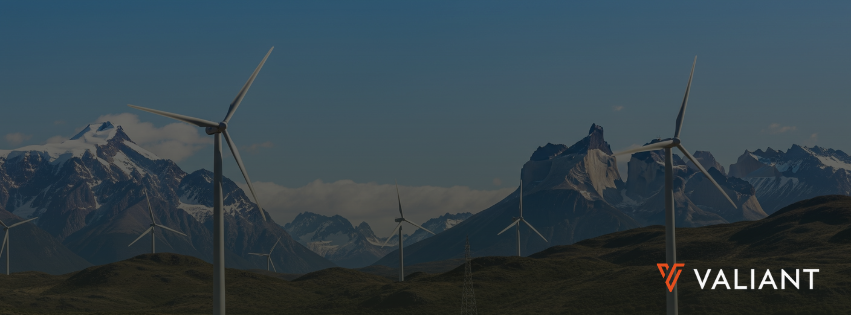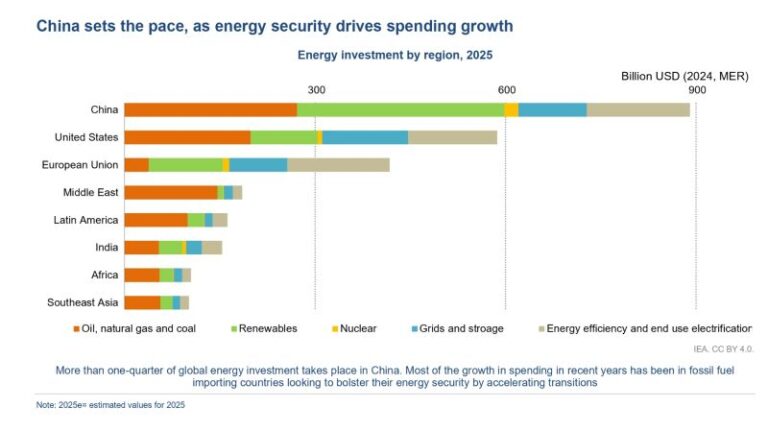Patagonia has steadily consolidated itself as a true hub for wind energy and innovation. This shows how regional specialisation can transform an industry’s development and its impact on the local economy.
According to CAMMESA, by the end of May 2025 the country had 4,342 MW of installed wind capacity. Of that total, 1,656 MW corresponds to Patagonia—almost 40% of the national figure. The main centres are in Chubut and Santa Cruz, with key wind farms including Rawson (102 MW), Puerto Madryn I (220 MW) and Del Bicentenario (122 MW).
Beyond installed capacity, the key differentiator lies in natural conditions. Patagonian winds average speeds above 9 m/s, with capacity factors close to 60%.
The focus, however, is no longer solely on generation. There are initiatives linked to green hydrogen—for example, the Hychico project in Comodoro Rivadavia—opening the door to business models that bring together technology suppliers, start-ups, R&D centres, logistics and associated services.
The regional impact is beginning to be felt through the creation of skilled jobs, investment, innovation and emissions reductions. Ultimately, if we want to consolidate Patagonia as a leading entrepreneurial and energy hub, we need to drive new ideas and collaborative projects.




